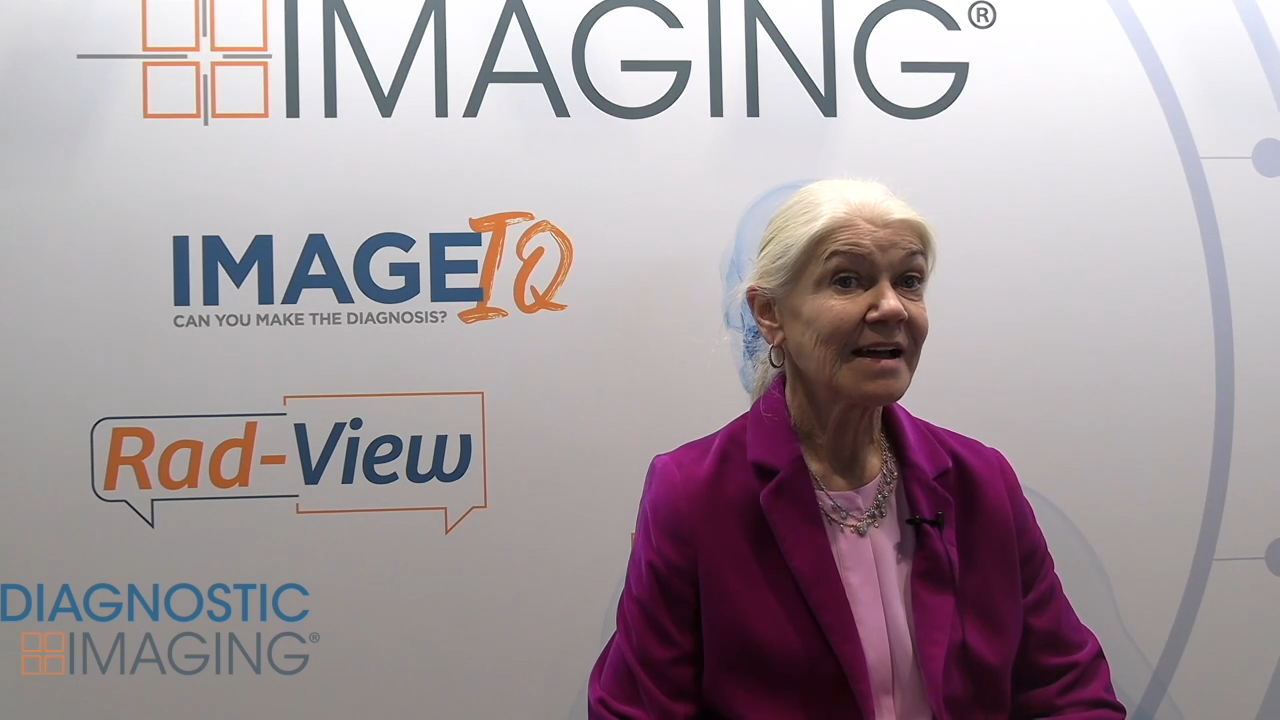Study lends weight to 3D as primary CTC reading strategy
A new study suggests that in CT colonography scanning, 3D interpretation with 2D confirmation is better at finding cancerous polyps in an asymptomatic population than other approaches. The study also validated earlier large and widely publicized CT colonography studies that relied on 2D interpretations and produced less than stellar results.
A new study suggests that in CT colonography scanning, 3D interpretation with 2D confirmation is better at finding cancerous polyps in an asymptomatic population than other approaches. The study also validated earlier large and widely publicized CT colonography studies that relied on 2D interpretations and produced less than stellar results.
The study conducted at the University of Wisconsin and presented at the RSNA meeting Wednesday compared different reading results and used data from a Department of Defense study of 730 consecutive colonscopy-proven CT cases using 2D for primary interpretation. Those results were compared with data from 1223 asymptomatic patients and interpreted using 3D as the primary method.
"We would read with 3D for detection, as it is more sensitive, and 2D for confirmation, as it is more specific," said presenter Dr. Andrew D. Lee, a fellow in abdominal imaging.
In a patient-by-patient analysis, sensitivity for polyps 6 mm or greater was 43% using the primary 2D interpretation and 84% using the 3D interpretation. For polyps 10 mm or greater, it was 63% with 2D and 86% with 3D. This compared with 39% and 55%, respectively, in a 2004 study by Cotton, and 56% and 59% in a 2005 study by Rockey.
Lee noted that the sensitivity of the 2D method was similar to that found in the previous large 2D screening trials.
Others who observed the presentation, however, said trial methods may have biased the results. Lee said the 10 radiologists who participated in the study were experienced CT colonographers, something that might have boosted their 2D results but didn't. But a member of the audience wondered if they were well trained in 3D interpretation but not in 2D reads.
"Most tend to start with 2D but gravitate to 3D," Lee said. "In general, they started out in 2D but became more comfortable with 3D. The software we use for 2D capabilities in my assessment was very good, but you do have a good point."
A session cochair, Dr. Judy Yee of the University of California, San Francisco said the reading times found in the study - six to seven minutes per scan - may have been too fast and reflected a rush to get through a large volume of studies. She said 10 minutes would have been a more reasonable figure.
Can MRI-Based AI Bolster Biopsy Decision-Making in PI-RADS 3 Cases?
December 9th 2024In patients with PI-RADS 3 lesion assessments, the combination of AI and prostate-specific antigen density (PSAD) level achieved a 78 percent sensitivity and 93 percent negative predictive value for clinically significant prostate cancer (csPCa), according to research presented at the Radiological Society of North American (RSNA) conference.
The Reading Room: Artificial Intelligence: What RSNA 2020 Offered, and What 2021 Could Bring
December 5th 2020Nina Kottler, M.D., chief medical officer of AI at Radiology Partners, discusses, during RSNA 2020, what new developments the annual meeting provided about these technologies, sessions to access, and what to expect in the coming year.
RSNA 2020: Addressing Healthcare Disparities and Access to Care
December 4th 2020Rich Heller, M.D., with Radiology Partners, and Lucy Spalluto, M.D., with Vanderbilt University School of Medicine, discuss the highlights of their RSNA 2020 session on health disparities, focusing on the underlying factors and challenges radiologists face to providing greater access to care.
New Interventional Radiology Research Shows Merits of Genicular Artery Embolization for Knee OA
December 3rd 2024In a cohort of over 160 patients with knee osteoarthritis (OA), including grade 4 in nearly half of the cases, genicular artery embolization led to an 87 percent improvement in the quality of life index, according to research presented at the recent RSNA conference.
Siemens Healthineers Debuts New Photon-Counting CT Systems at RSNA
December 2nd 2024Debuting at the Radiological Society of North American (RSNA) conference, the new photon-counting computed tomography (PPCT) scanners Naeotom Alpha.Pro and Naeotom Alpha.Prime reportedly combine rapid scan times with high-resolution precision.










